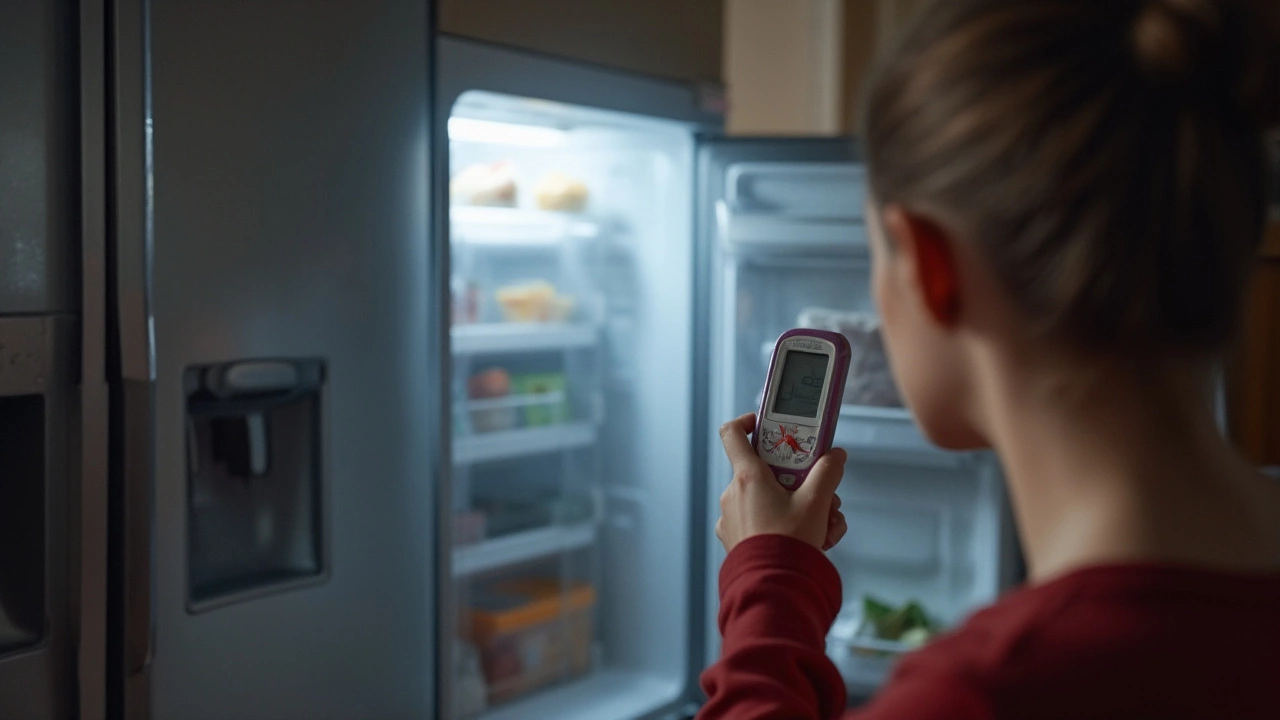Frozen food melting? How to handle a broken freezer fast
If you opened the freezer today and found ice cream turned to soup, you’re not alone. A freezer that won’t cool can ruin groceries and stress your budget. The good news? Many hiccups are easy to spot and fix before you dial a repair service.
Common causes of a broken freezer
First, think about what could be stopping the cold. The most frequent culprits are:
- Power issues: Check that the plug is solid and the circuit breaker isn’t tripped.
- Door seal problems: A warped gasket lets warm air in, forcing the motor to work harder.
- Frost buildup: Too much ice blocks the airflow and makes the freezer run hotter.
- Dirty condenser coils: Dust on the coils reduces heat exchange, so the unit can’t stay cold.
- Faulty thermostat or defrost timer: If the sensor thinks it’s warm, it won’t kick on the compressor.
Knowing the likely cause narrows down what you need to do next.
DIY steps before calling a technician
1. Verify the power. Plug another appliance into the same socket. If it works, the freezer’s cord or internal wiring might be the problem. If nothing works, reset the breaker or try a different outlet.
2. Inspect the door seal. Close the door on a dollar bill. If you can pull the bill out easily, the gasket is leaking air. Clean it with warm, soapy water and a soft cloth. If it’s cracked, replace it – it’s a cheap fix.
3. Defrost the freezer. Unplug, empty, and let it thaw for a few hours. Speed up the process with a bowl of hot water inside. After it’s dry, turn it back on. If cooling returns, ice was the issue.
4. Clean the condenser coils. Pull the freezer away from the wall, locate the coils (usually at the back or underneath), and brush away dust with a vacuum brush attachment. This can improve efficiency dramatically.
5. Listen for the compressor. When the freezer runs, you should hear a low humming sound. No sound may mean the compressor or start relay is dead – that’s a job for a pro.
6. Check the temperature settings. Accidentally set the dial too high? Restore it to the manufacturer’s recommended level (usually around -18°C or 0°F).
If you’ve run through these steps and the freezer still isn’t cold, it’s time to call an experienced repair service. Trying to fix the compressor or electrical components yourself can be dangerous and may void warranties.
When you contact a technician, be ready with details: model number, age of the unit, what you’ve already tried, and any odd noises you heard. The more information you give, the quicker they can diagnose the problem and bring the right parts.
Remember, regular maintenance prevents most breakdowns. Wipe the door seal monthly, vacuum the coils every six months, and defrost as soon as you notice heavy ice. A little effort now saves you from a costly emergency later.
Got a broken freezer? Start with these simple checks, and you’ll either fix the issue yourself or have the right info to get professional help fast. Your food—and your peace of mind—will thank you.
Signs Your Freezer Needs Repair: Diagnosing Common Issues
0 Comments
Your freezer plays a vital role in preserving food, and noticing the early signs of malfunction can save you from a complete breakdown. This article guides you through identifying symptoms that your freezer might be broken. From unusual noises to fluctuating temperatures, understanding these indicators can help you determine whether professional repair is necessary. It also provides tips on basic troubleshooting measures you can try before calling a technician. Knowing how to spot a faulty freezer ensures your food remains safe and fresh.
Read More